THE ART OF SELF-DESTRUCTION: RUDOLF SCHWARZKOGLER’S PERFORMANCES OF FLESH
3/15/2025
Author: Soukita
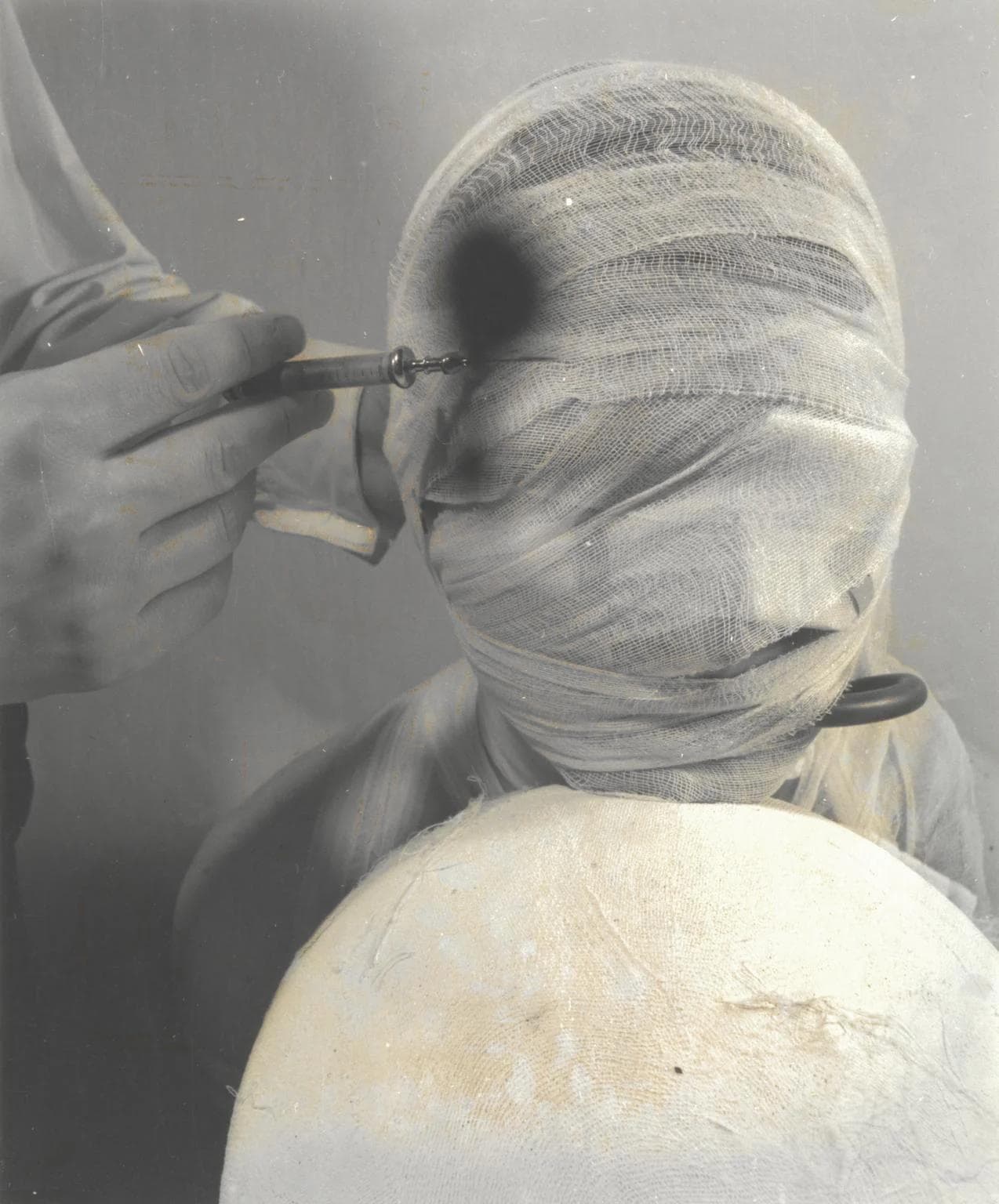
Rudolf Schwarzkogler’s name lingers in the shadowy corners of performance art, a figure whose work redefined the very limits of the body’s potential to speak. His legacy, though often eclipsed by more famous contemporaries, resonates in the undertones of contemporary art, fashion, and culture. From the streets of post-war Vienna to the avant-garde galleries of Europe, Schwarzkogler’s performances remain a testament to the body as both canvas and subject, a paradox of beauty and brutality that still echoes today.
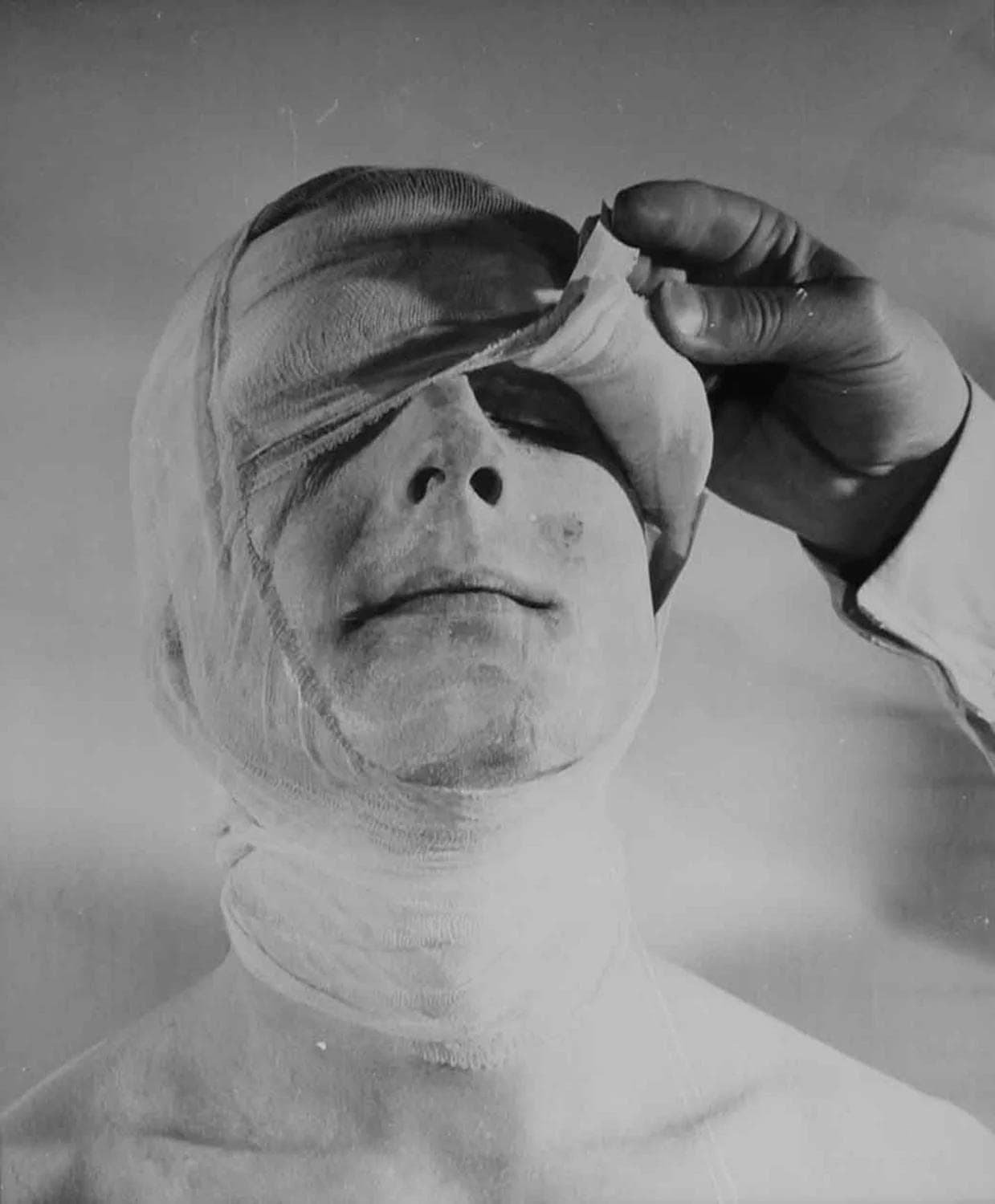

Born in Vienna in 1940, Schwarzkogler was thrust into a world scarred by the aftermath of World War II, a backdrop that undoubtedly influenced his provocative exploration of the human form. In the 1960s and 1970s, he became a leading figure within the Viennese Actionism movement, a group of artists intent on pushing the boundaries of art through the use of extreme physicality and shocking gestures. For Schwarzkogler, the body was not just a subject of art—it was the medium itself, the very substance of his creations. His most famous works, particularly The Fourth Action (1970), saw him subject his own flesh to brutal transformations. Bound, cut, and bloodied, the artist’s body became the site of a performance that blurred the lines between agony and artistic expression.
Schwarzkogler’s performances were not mere shock tactics; they were profound inquiries into the limits of the human body and the construction of identity. In The Fourth Action, the artist used the act of self-mutilation to both disrupt and redefine traditional notions of art and the self. Captured in chilling photographs, these performances freeze the body in moments of extreme vulnerability, creating an unsettling juxtaposition of violence and aesthetic beauty. What emerges from these images is not just a documentation of pain but a radical act of self-definition, one that calls into question the very nature of suffering, creation, and transcendence.
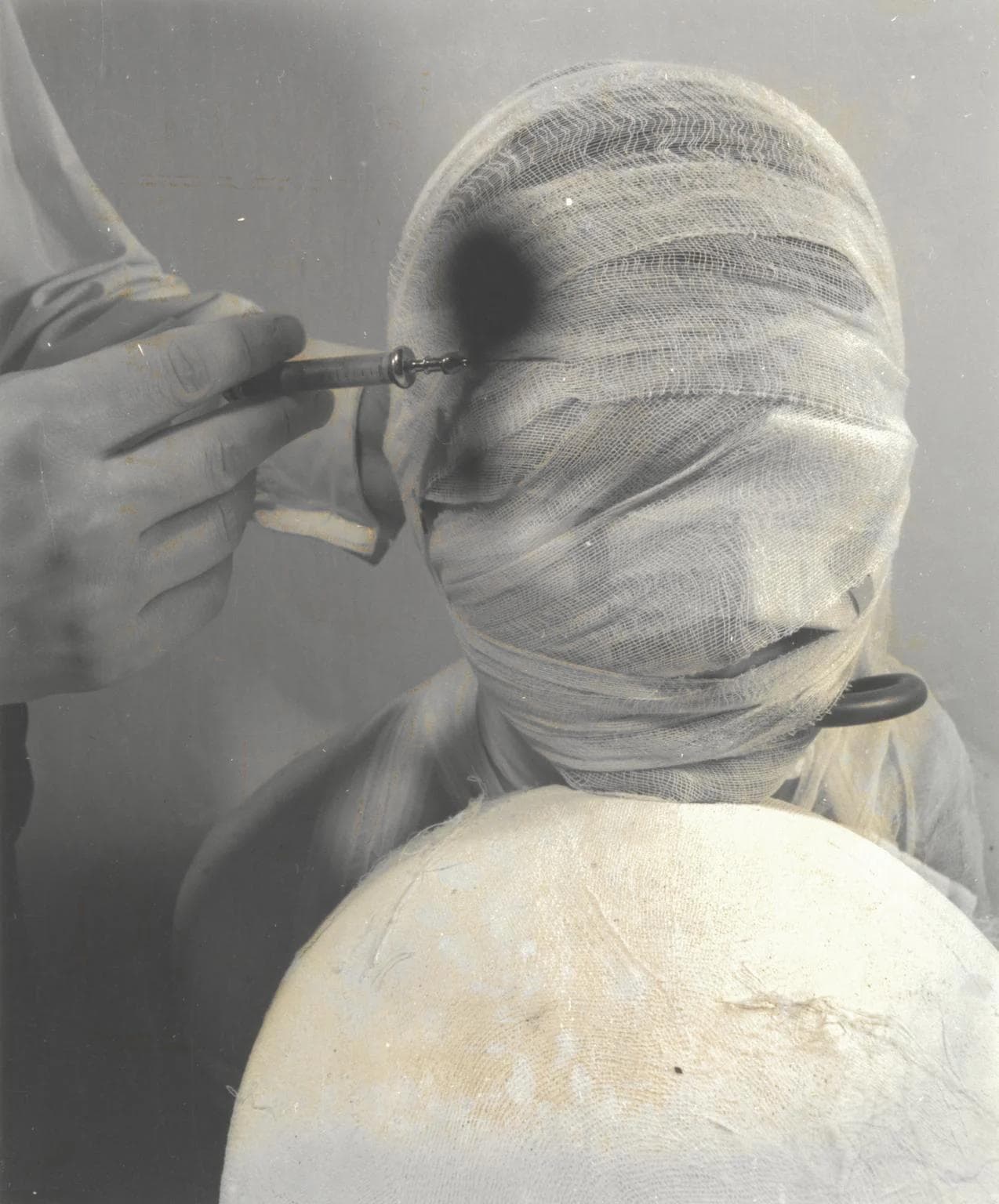
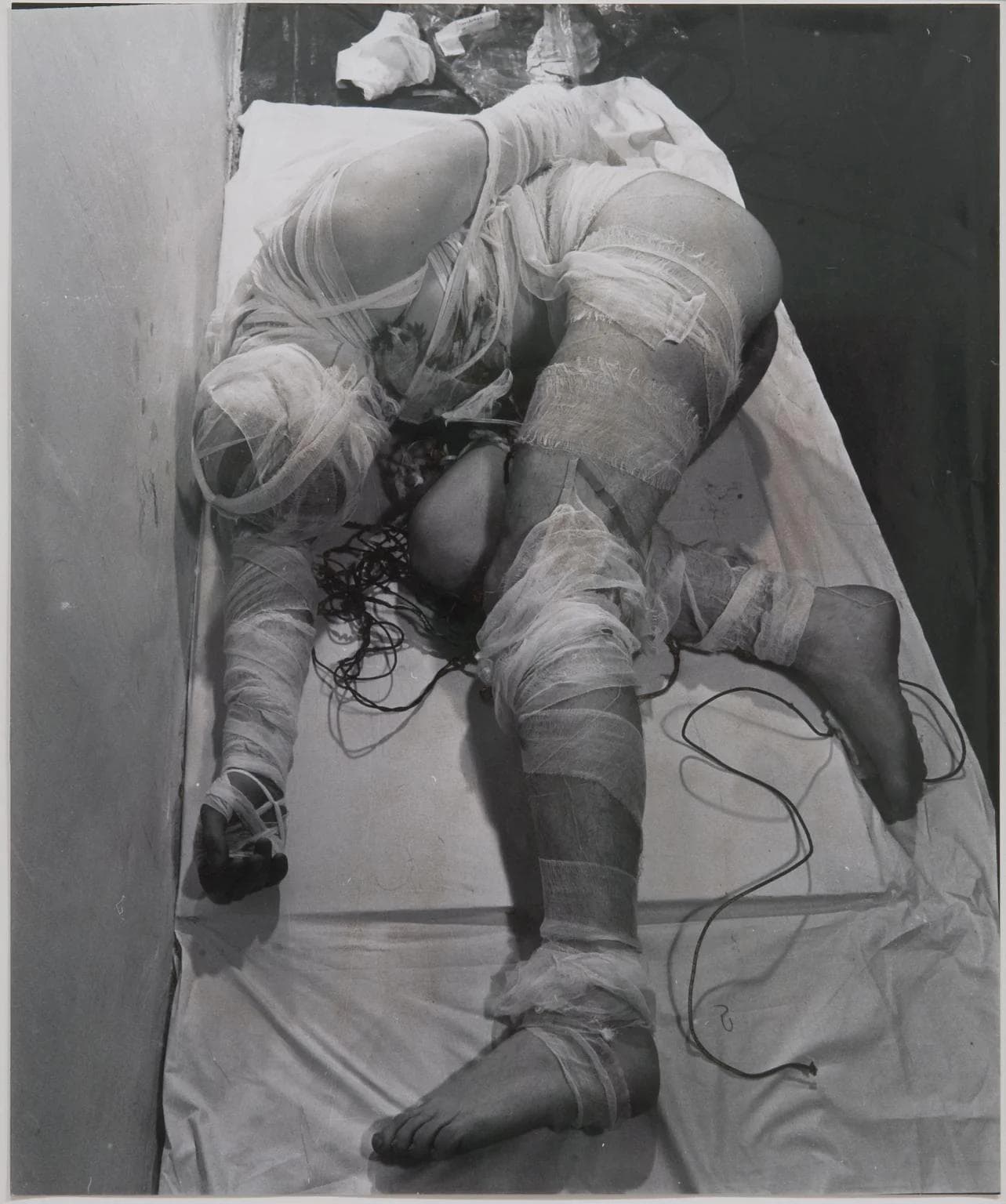
Schwarzkogler’s work also carries an enduring resonance in the world of fashion. His radical approach to the body as both an artistic medium and a narrative tool can be traced in the work of contemporary designers who blur the lines between fashion, art, and the human body. His influence speaks to a broader cultural shift that embraces the body’s vulnerability, fragility, and its potential for reinvention—concepts that continue to be explored in the world of high fashion.
What makes Schwarzkogler’s work so powerful is its refusal to sanitize or idealize the human body. His art is not about creating a perfect image; it is about confronting the body in its most vulnerable and raw form. In doing so, he forces the viewer to reflect on their own perceptions of the body, identity, and beauty. Each performance, each scar, each frame of film serves as a meditation on the body’s impermanence and its potential for both destruction and renewal.
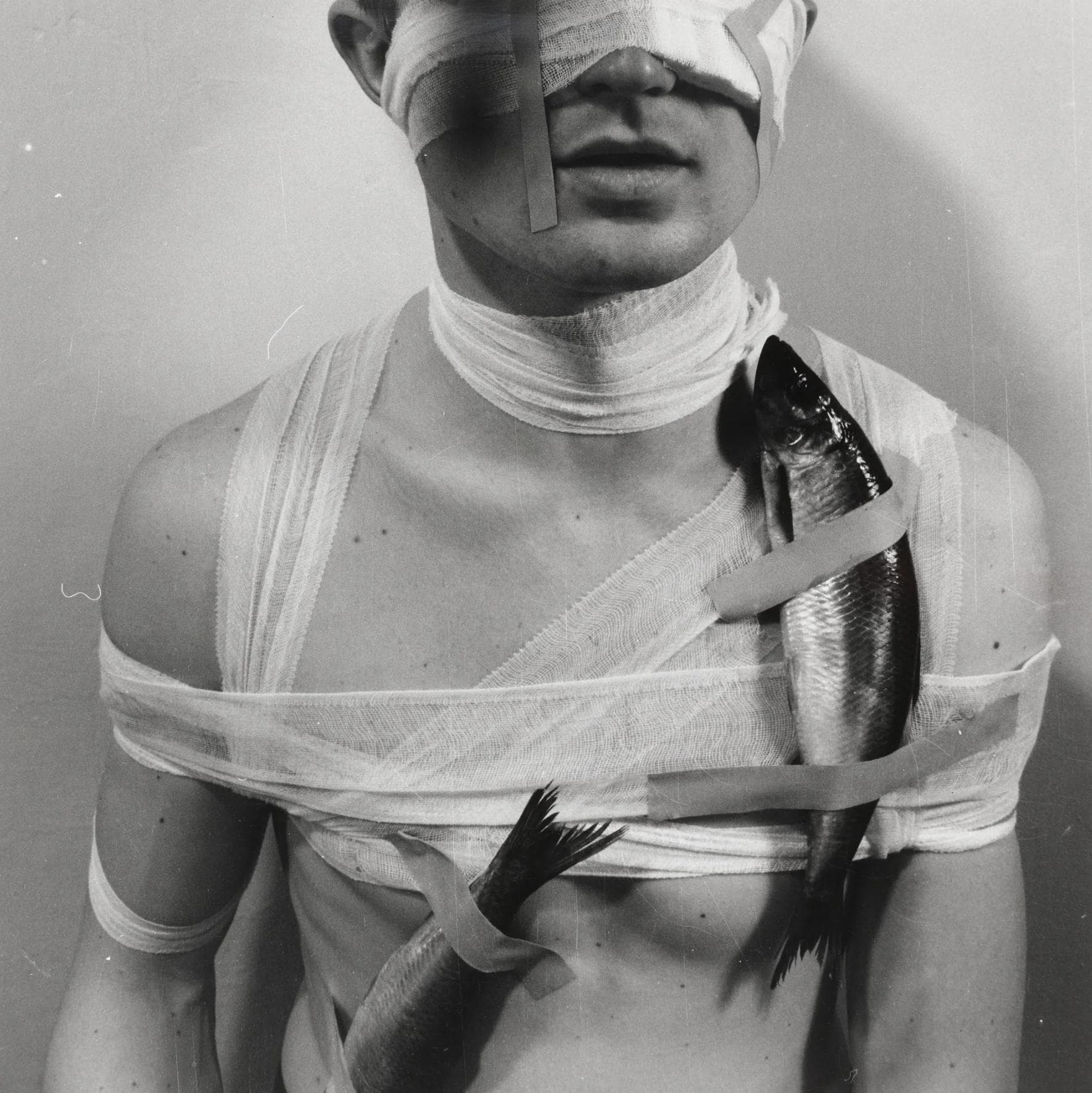

Though his work is often associated with the avant-garde and the extreme, Schwarzkogler’s performances were not born from a desire to shock. Instead, they were born from a profound understanding of the human condition—a recognition that beauty, transformation, and suffering are not mutually exclusive, but deeply intertwined. In the gallery of art history, Schwarzkogler’s work exists as both a radical statement and a timeless exploration of what it means to be human.